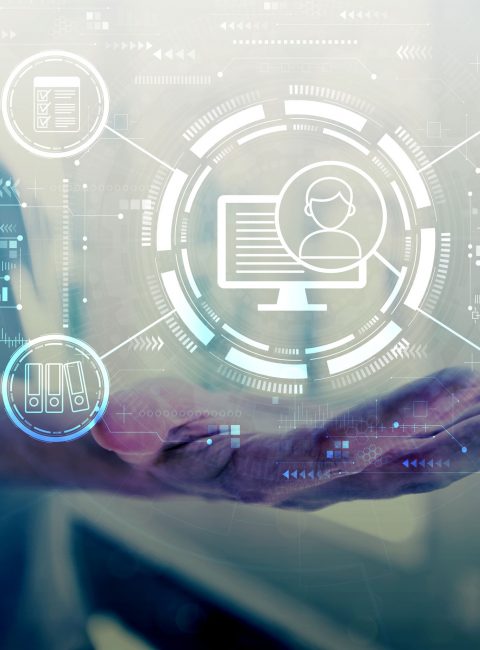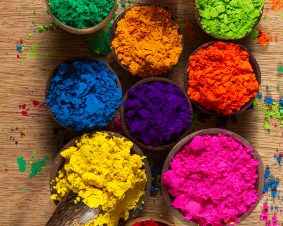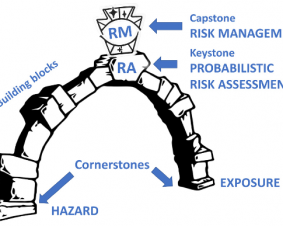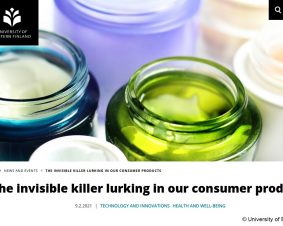 >
Spotlight September: A methodology for the automatic evaluation of data quality and completeness of nanomaterials for risk assessment purposes
>
Spotlight September: A methodology for the automatic evaluation of data quality and completeness of nanomaterials for risk assessment purposes
This paper describes a method for automatically assessing the quality and completeness of nanosafety data for the purpose of risk assessment. Steps to develop the methodology for assessing data completeness and the methodology for assessing quality are presented. The methodology is tailored to physicochemical and hazard (meta) data, but can also be configured with appropriate criteria to support modeling or exposure assessment. It is based on assessing the quality and completeness of the data contained in the eNanoMapper database using the harmonized data reporting templates introduced in the NANoREG project and further developed in the GRACIOUS project. Combined with expert knowledge, this methodology can be used as a powerful data analysis tool in different contexts. To enable the practical application of the proposed methodology, it has been implemented as an online R-tool (https://shinyapps.greendecision.eu/app/gracious-data-quality) that can be connected to both databases and risk assessment software tools.
Original publication:
Gianpietro Basei, Hubert Rauscher, Nina Jeliazkova & Danail Hristozov (2022). A methodology for the automatic evaluation of data quality and completeness of nanomaterials for risk assessment purposes. Nanotoxicology, 16:2, 195-216, DOI: 10.1080/17435390.2022.2065222

Weitere Spotlights
Spotlight August 2020: The nanoGRAVUR Grouping approach
In August, we would like to present a paper of the German BMBF project nanoGRAVUR. nanoGRAVUR dealt from 2015-2018 with the grouping of nanostructured materials with regard to occupational safety, consumer and environmental protection and risk mitigation. The approach is now described by the project partners in this paper.Due to the variety of synthetic nanomaterials and the numerous modifications (differences in size, shape, chemical composition and surface functionalization), the effort required to investigate effects and behaviour within the framework of regulatory requirements is…
Read moreSpotlight February 2022: Probabilistic risk assessment – the keystone for the future of toxicology
The basics of toxicology are constantly being reconsidered, and the approach to risk assessment is therefore constantly being put to the test, because, as William Osler is cited in this publication, “Medicine (toxicology) is a science of uncertainty and an art of probability“. In this recent paper, the team around Thomas Hartung (Johns-Hopkins University/University of […]
Read moreSpotlight April 2021: Nanomaterials and Fake News – a commentary based on an example
In February 2021, the article “The invisible killer lurking in our consumer products” appeared, describing nanoparticles as a greater danger than Corona [1]. “The use of nanomaterials” would be “unregulated” and “nanomaterials are so small that they cannot be determined once they are part of a product”. So what is the truth of these statements? […]
Read moreSpotlight September 2023: Fishing for raw materials with proteins
The so-called rare earth elements such as neodymium, dysprosium or cerium are elements that are of great importance for the energy transition; among others they serve as components of magnets in generators for electric power generation, act as luminescent materials in energy-saving lamps or as part of the car exhaust catalytic converter. The global production […]
Read more


